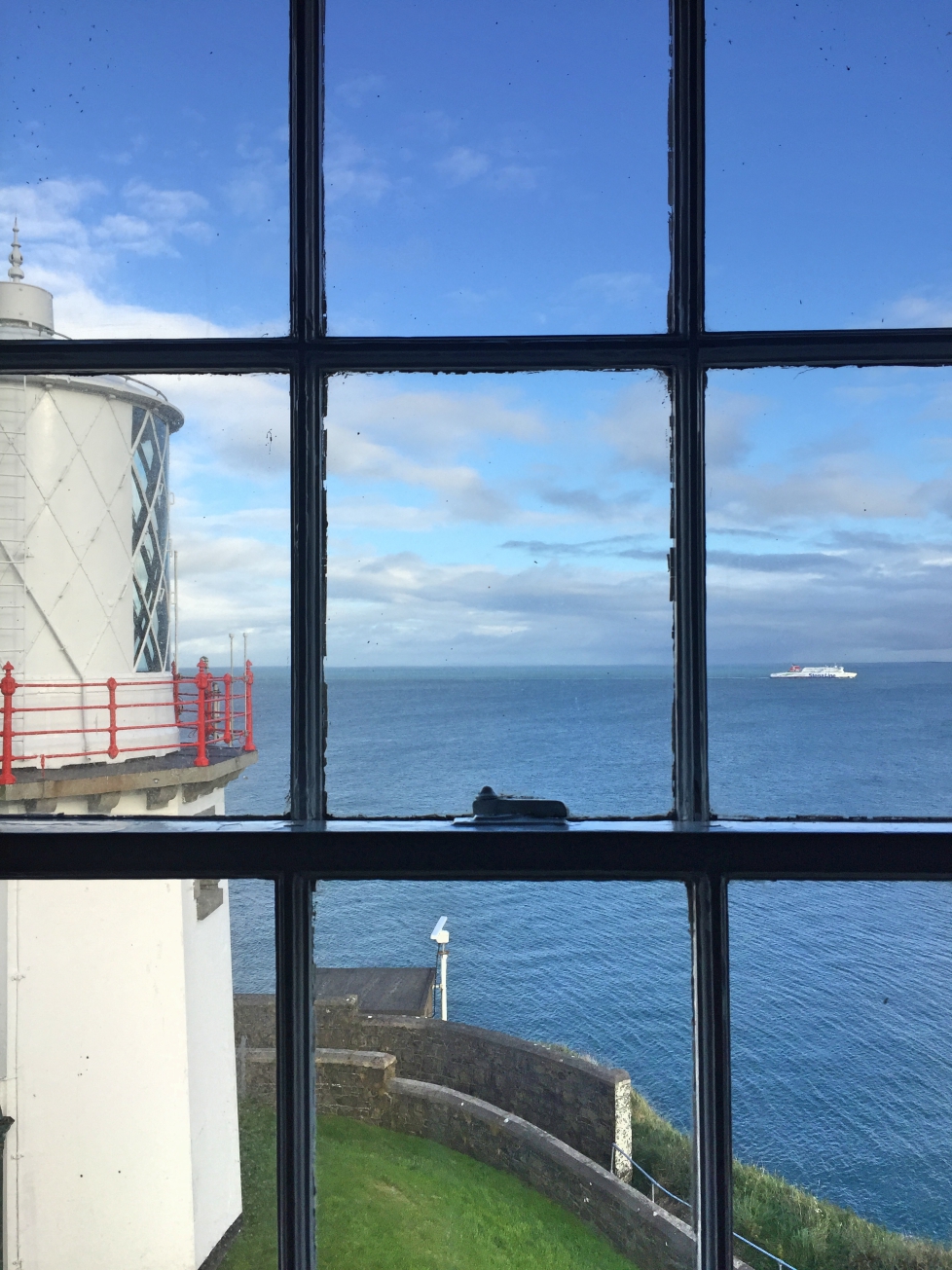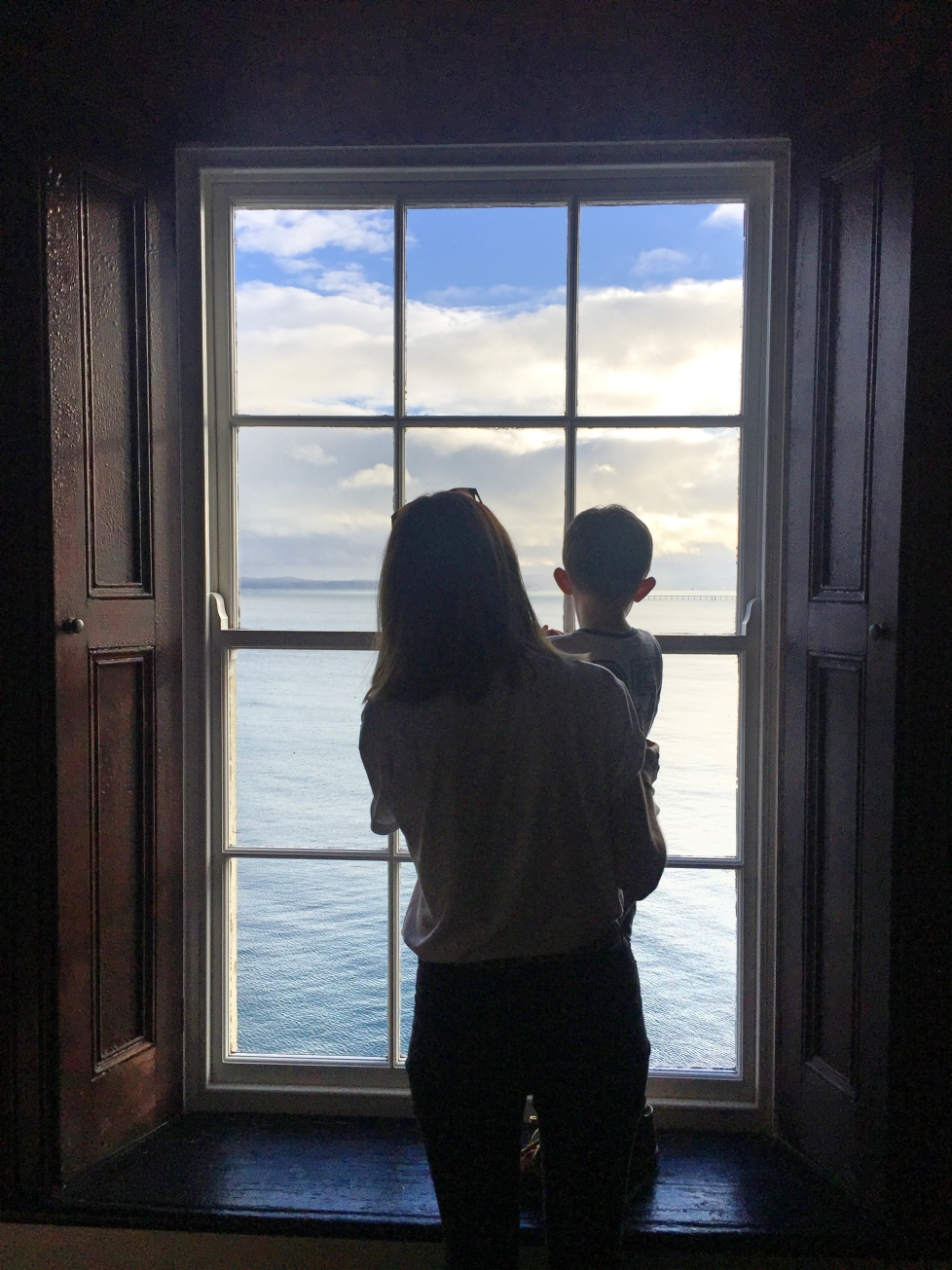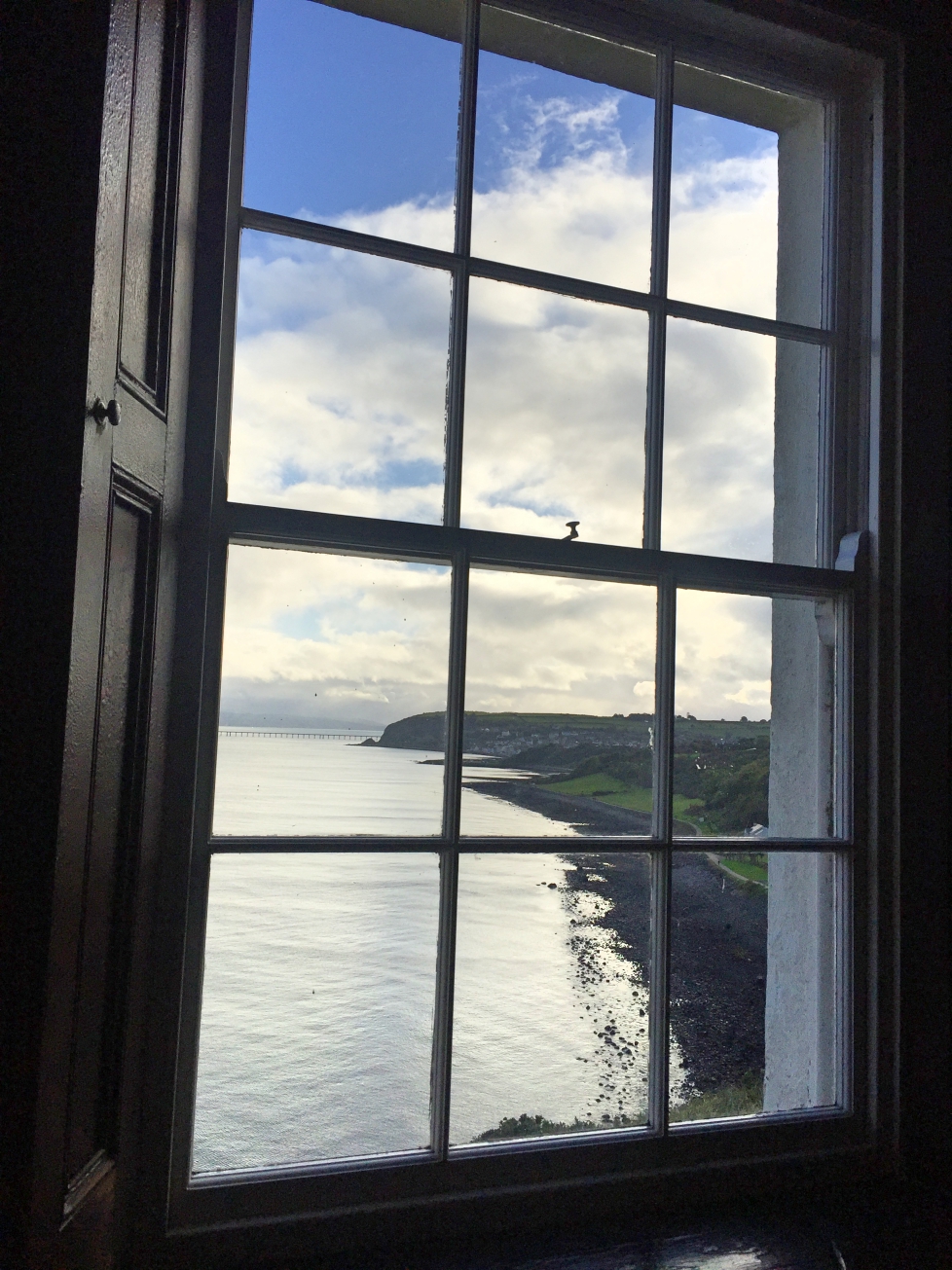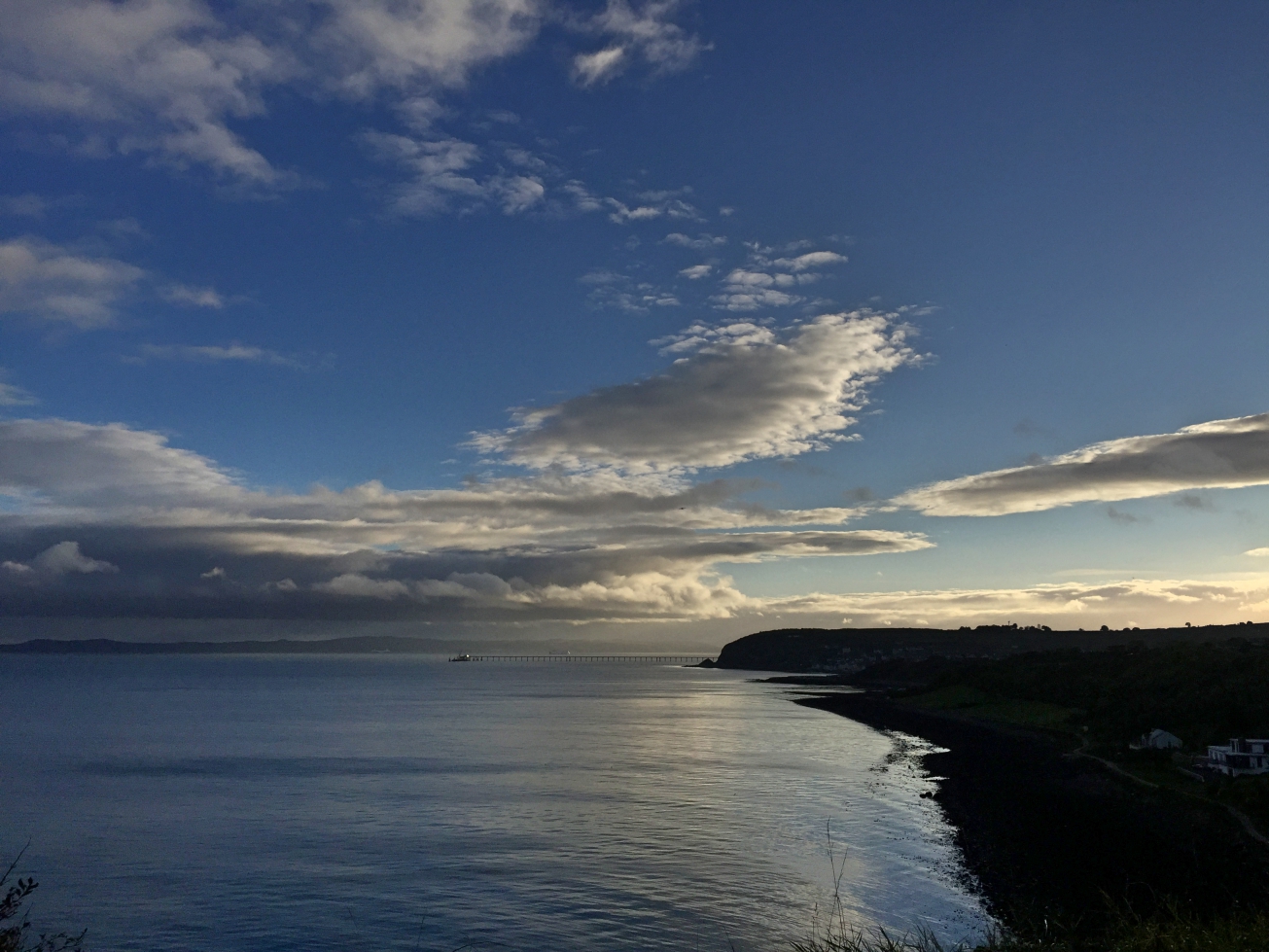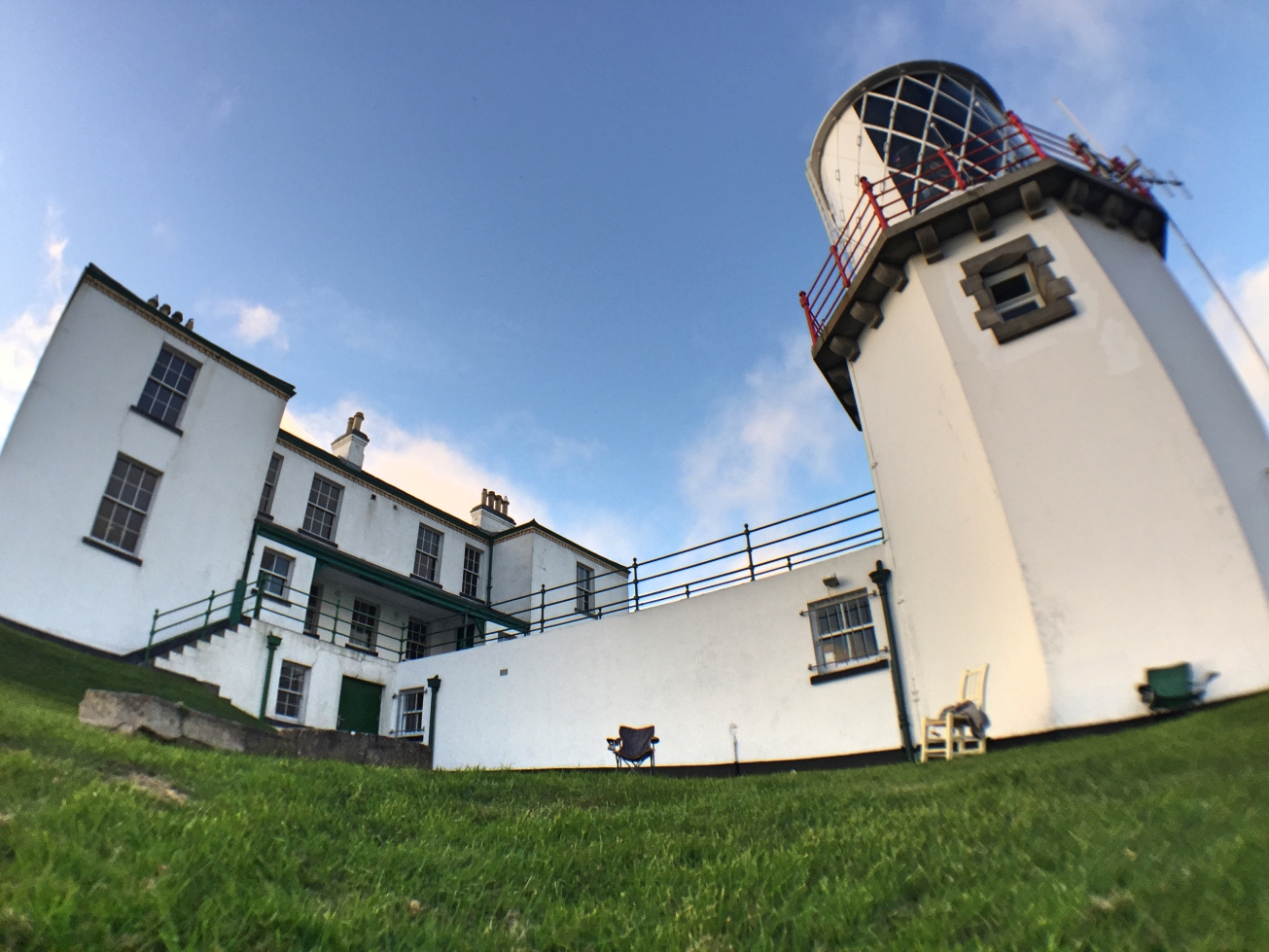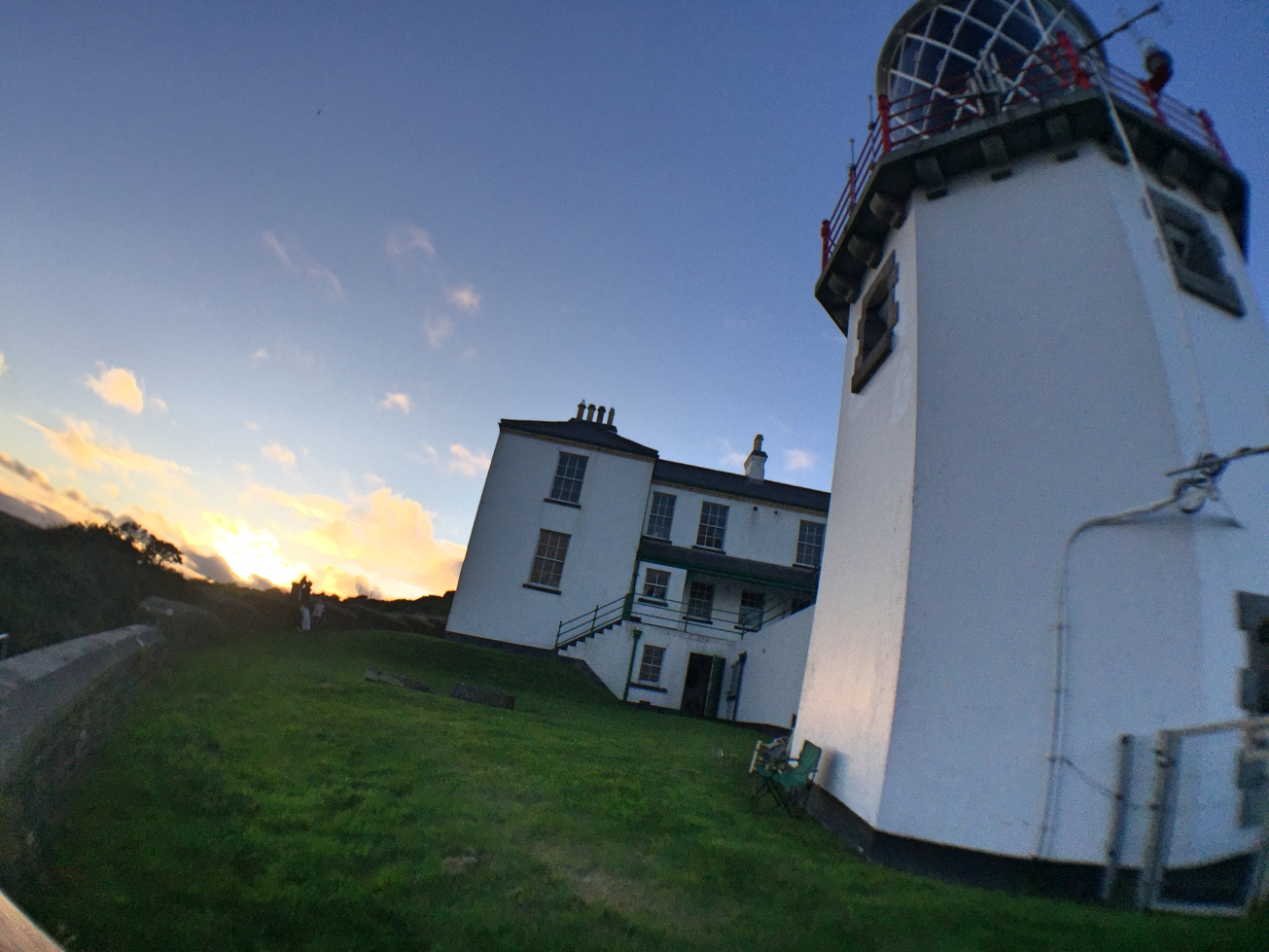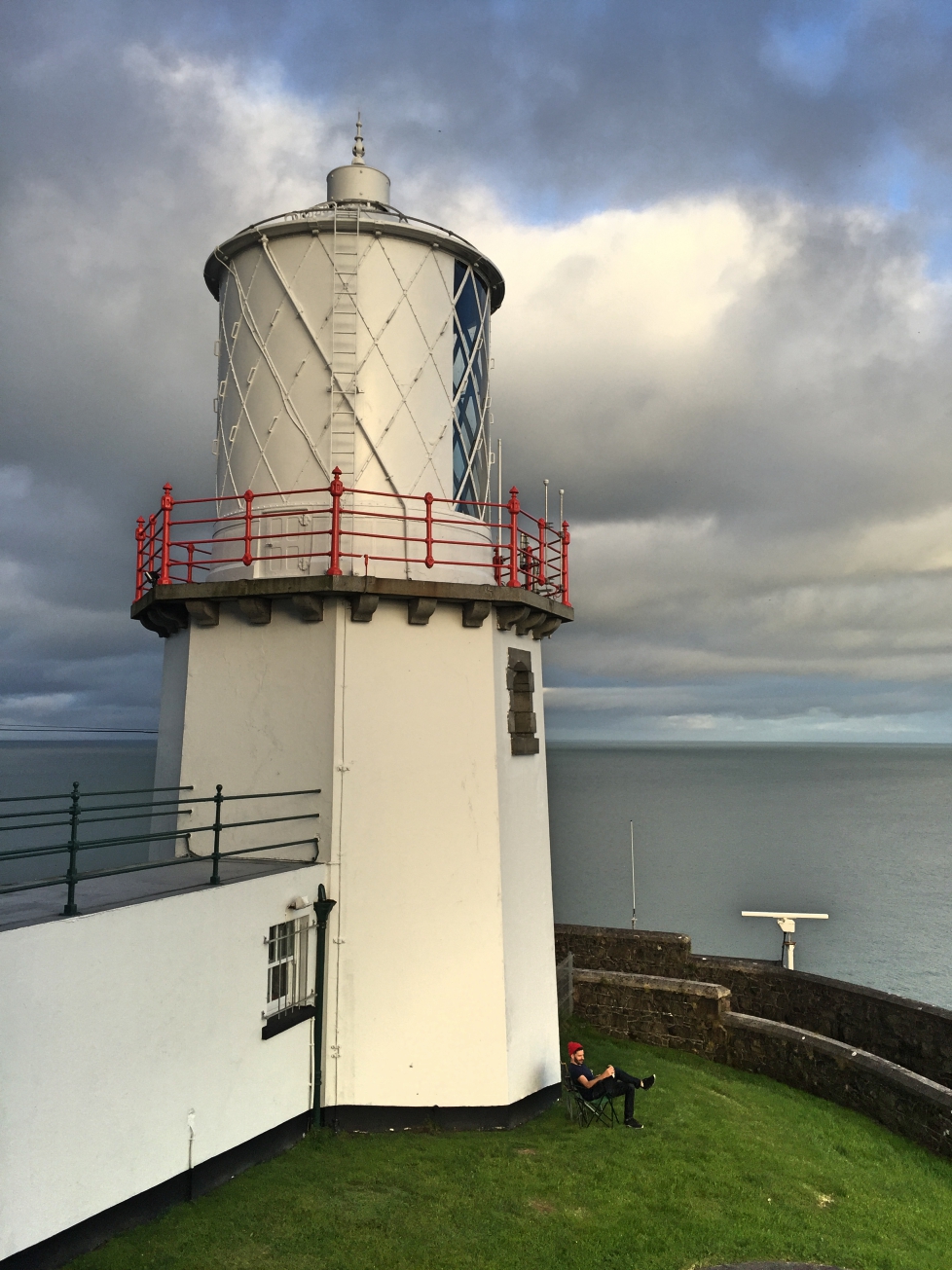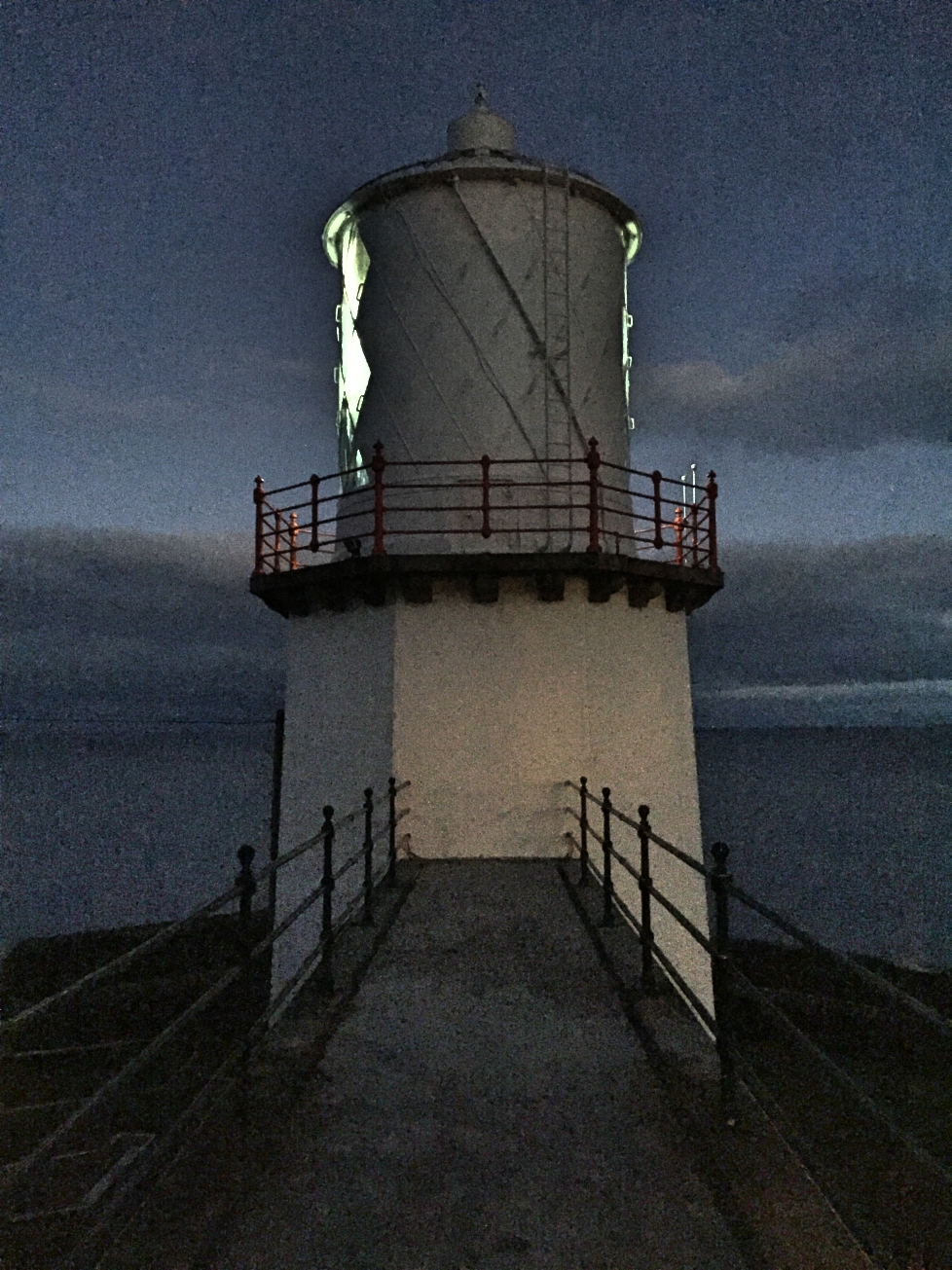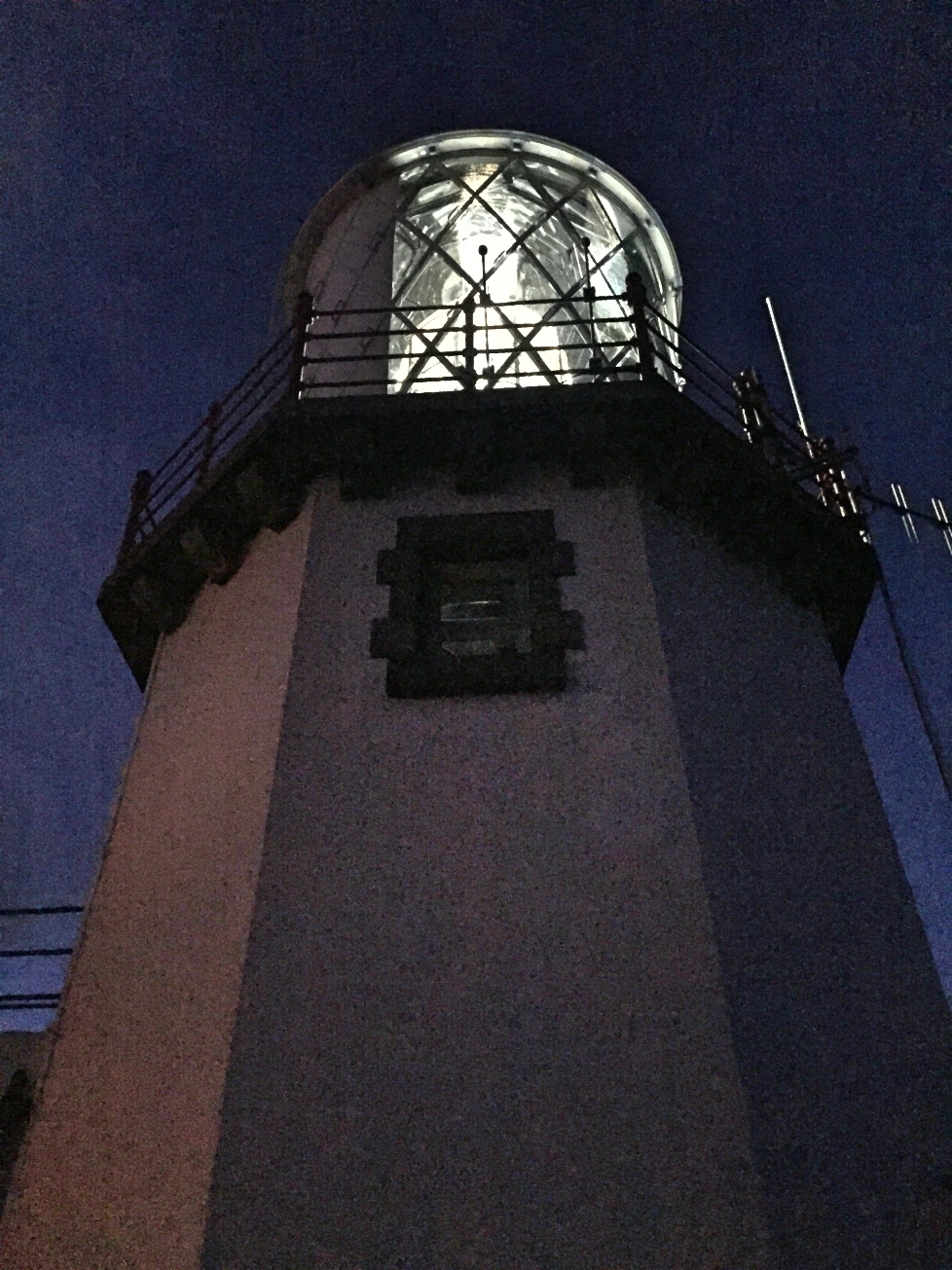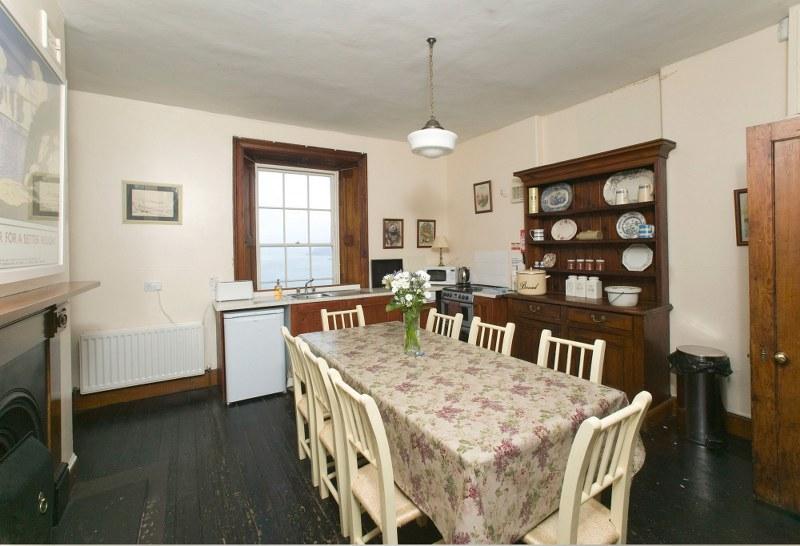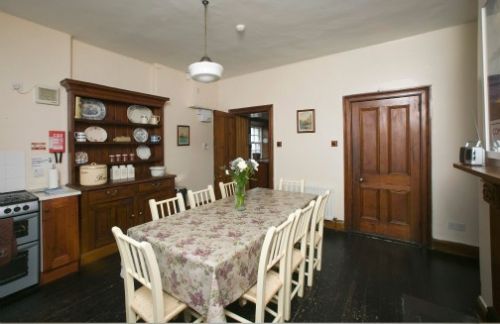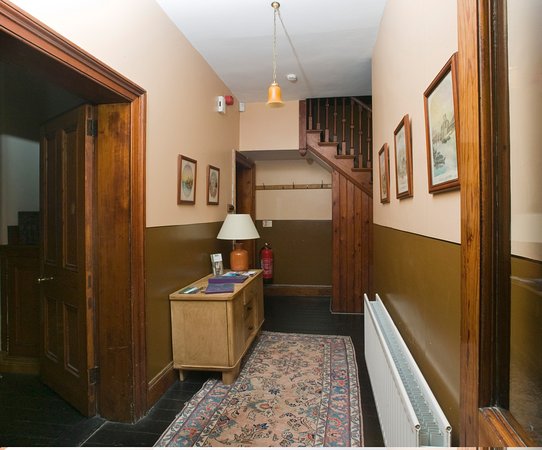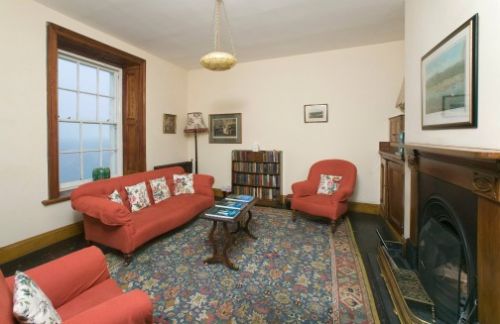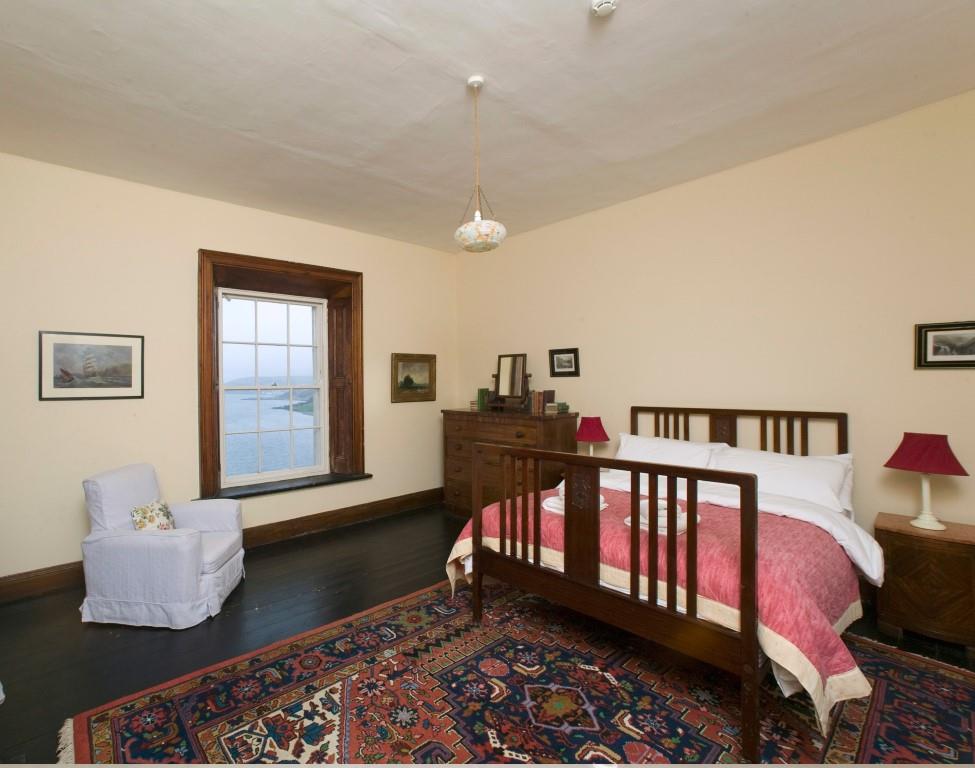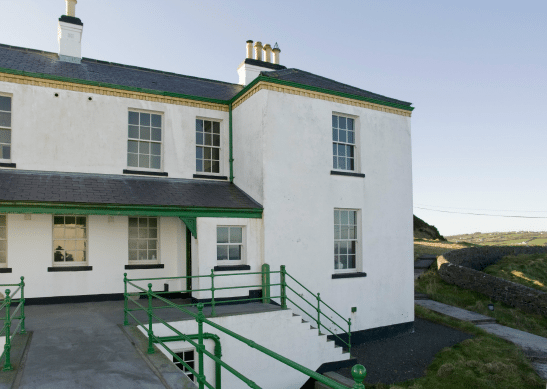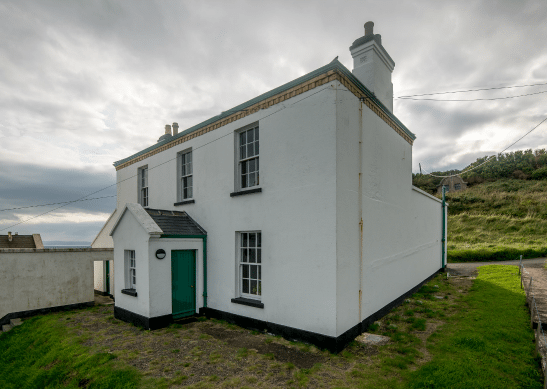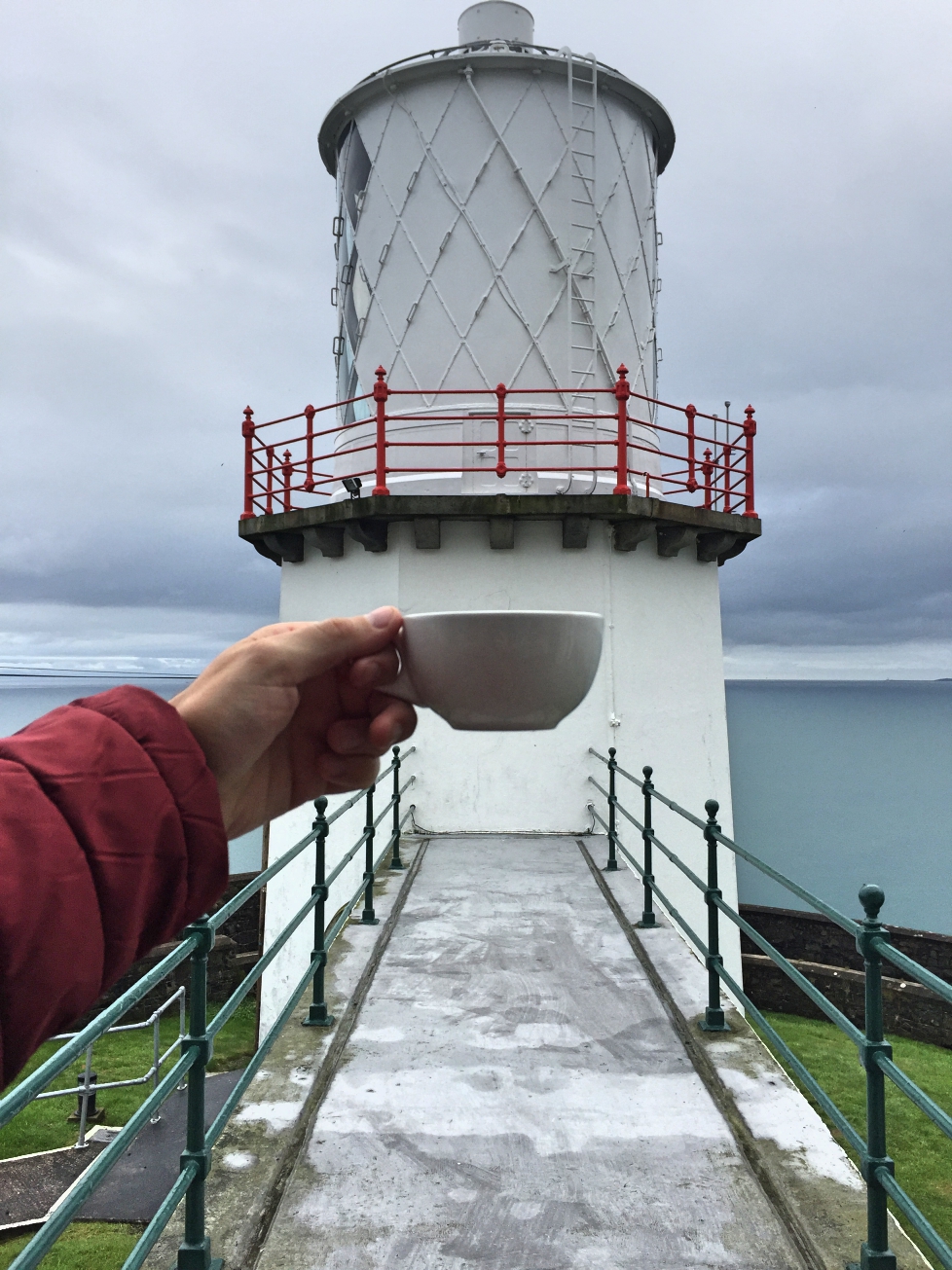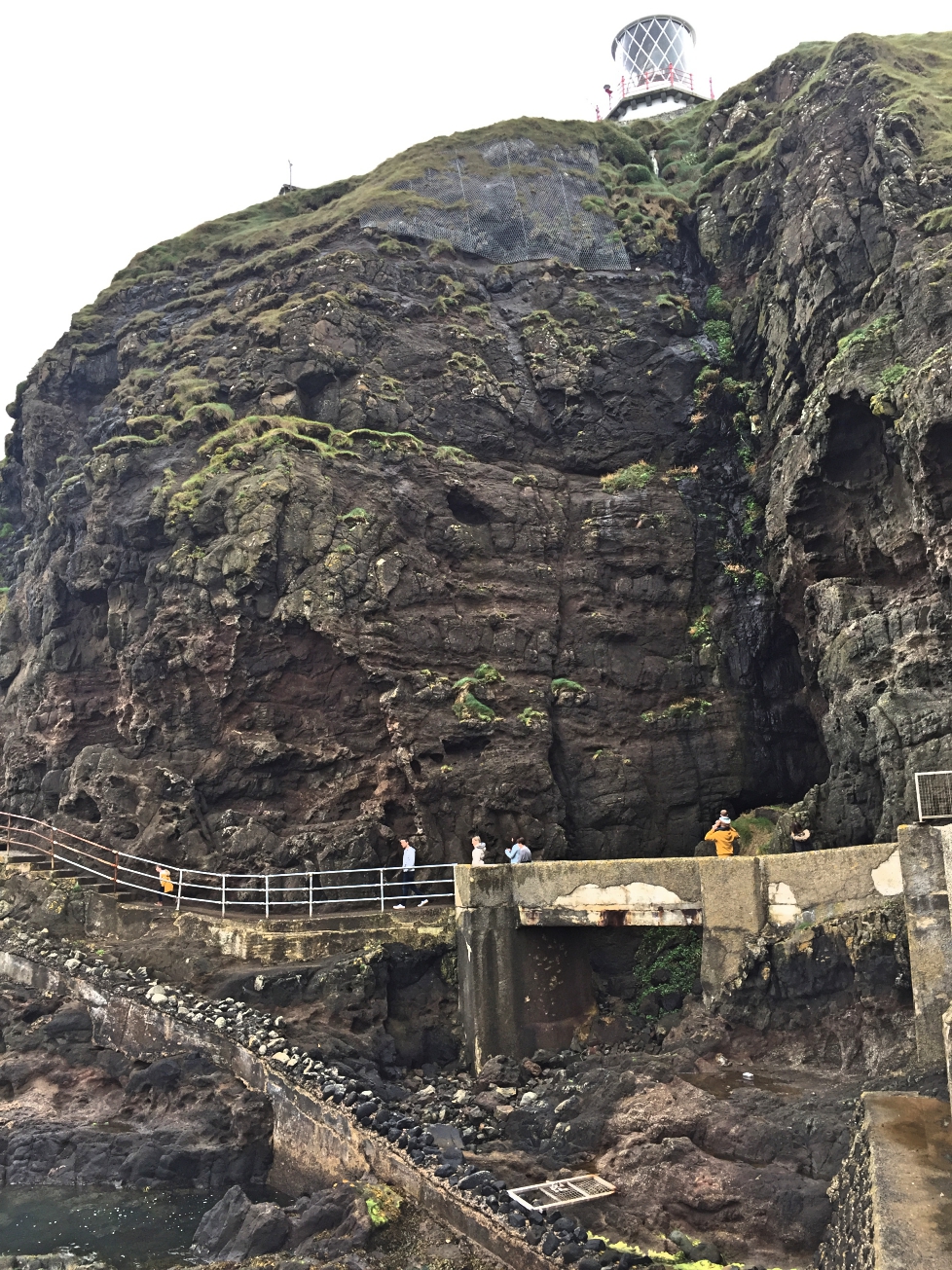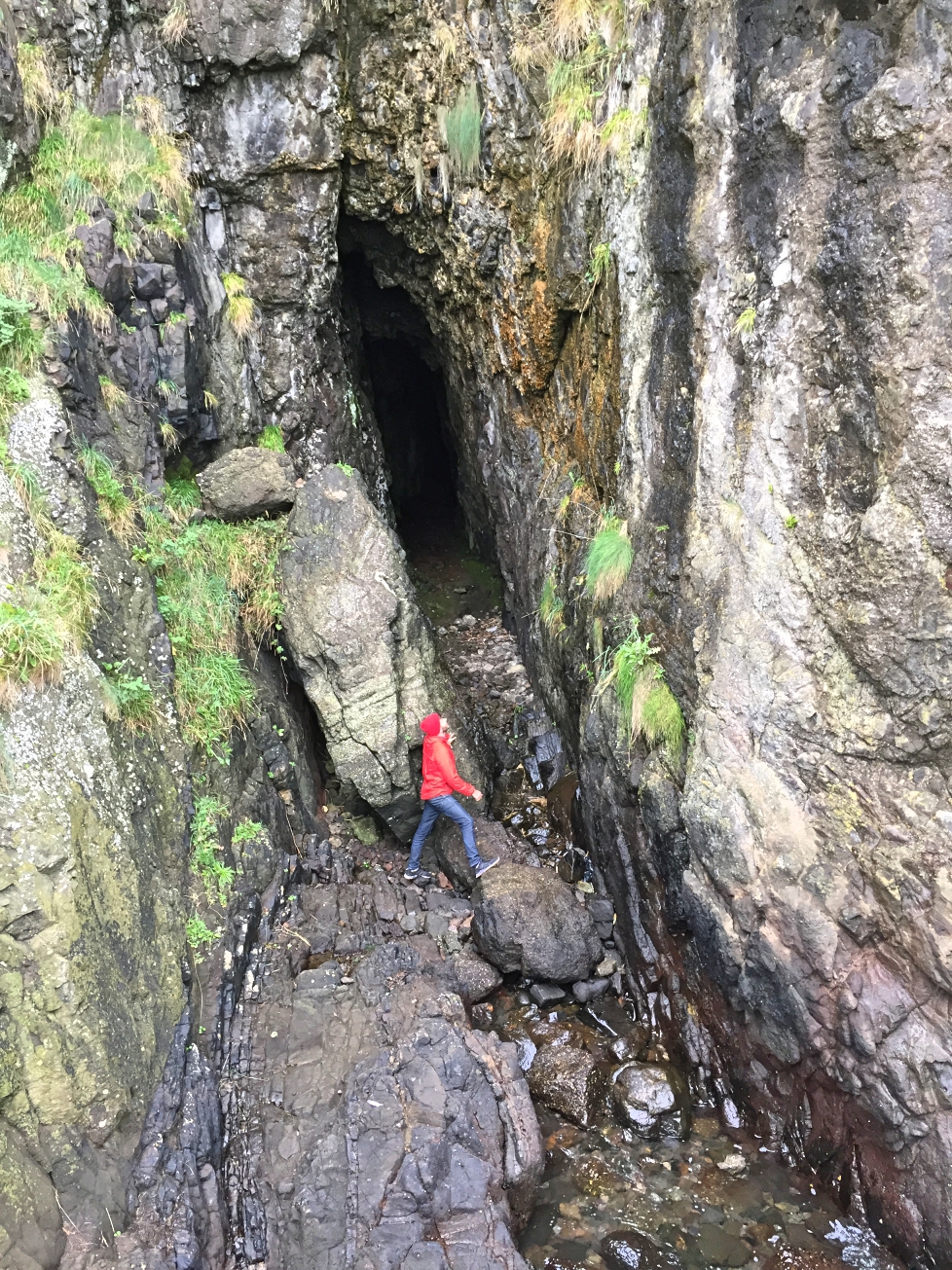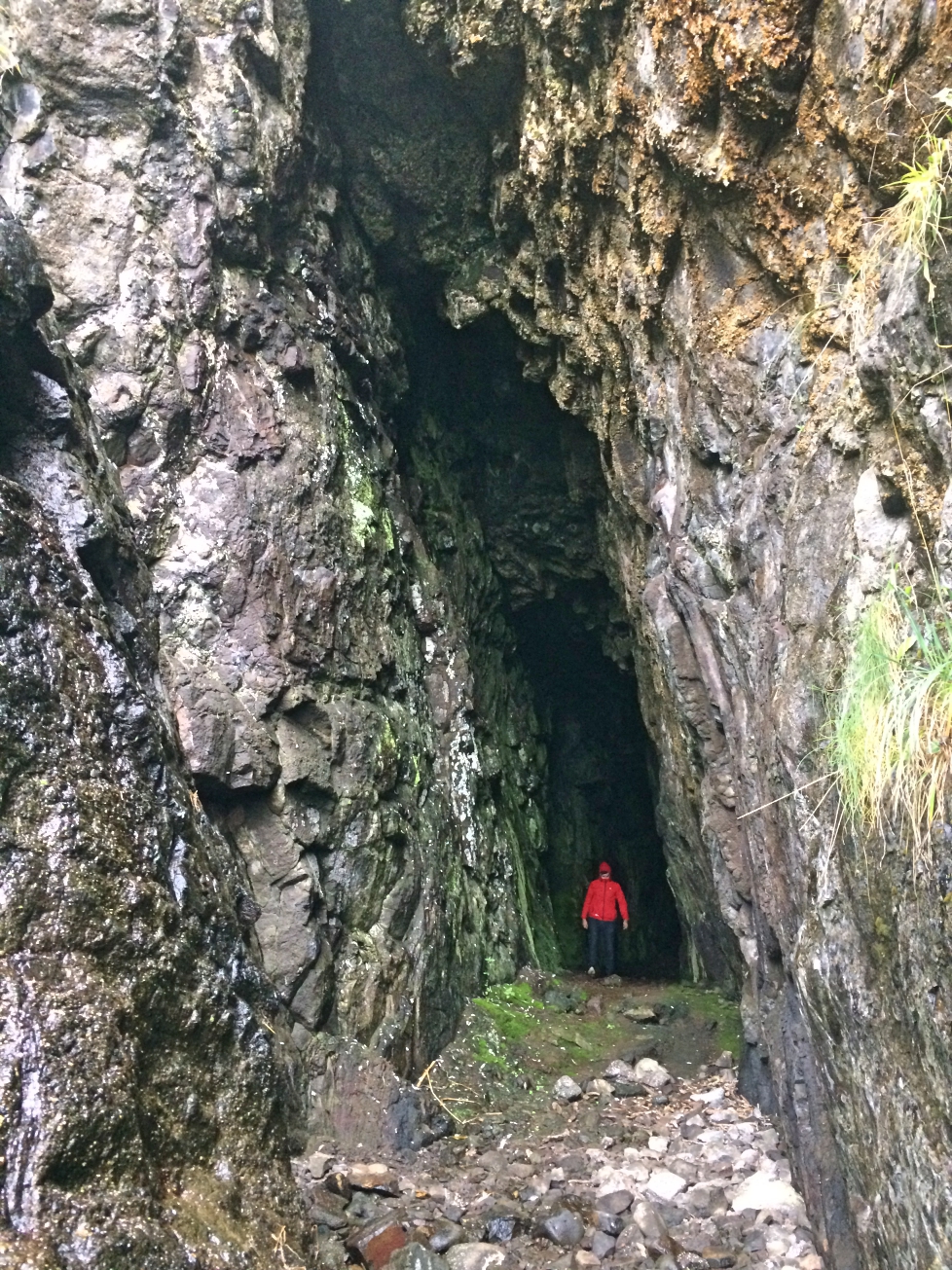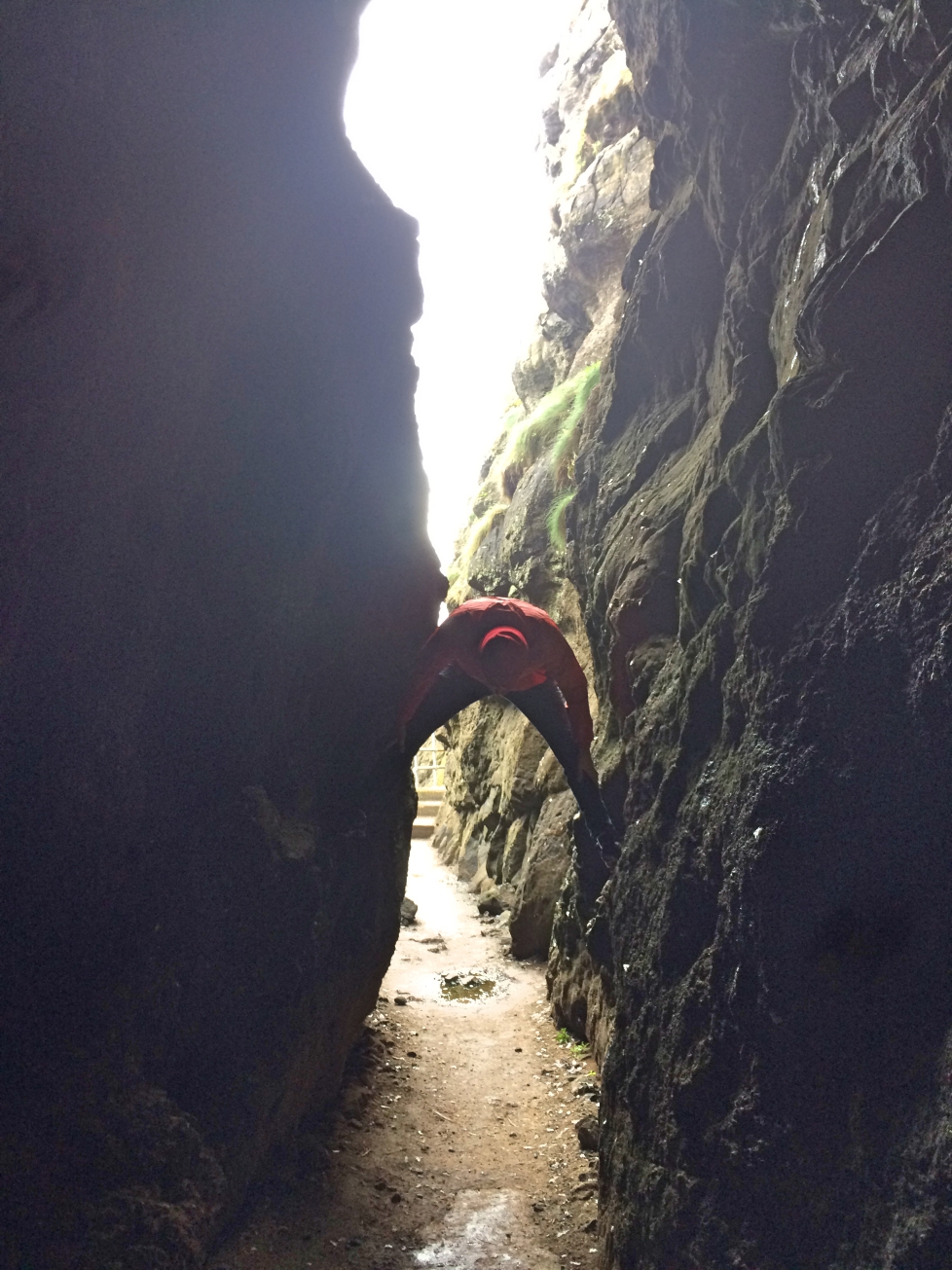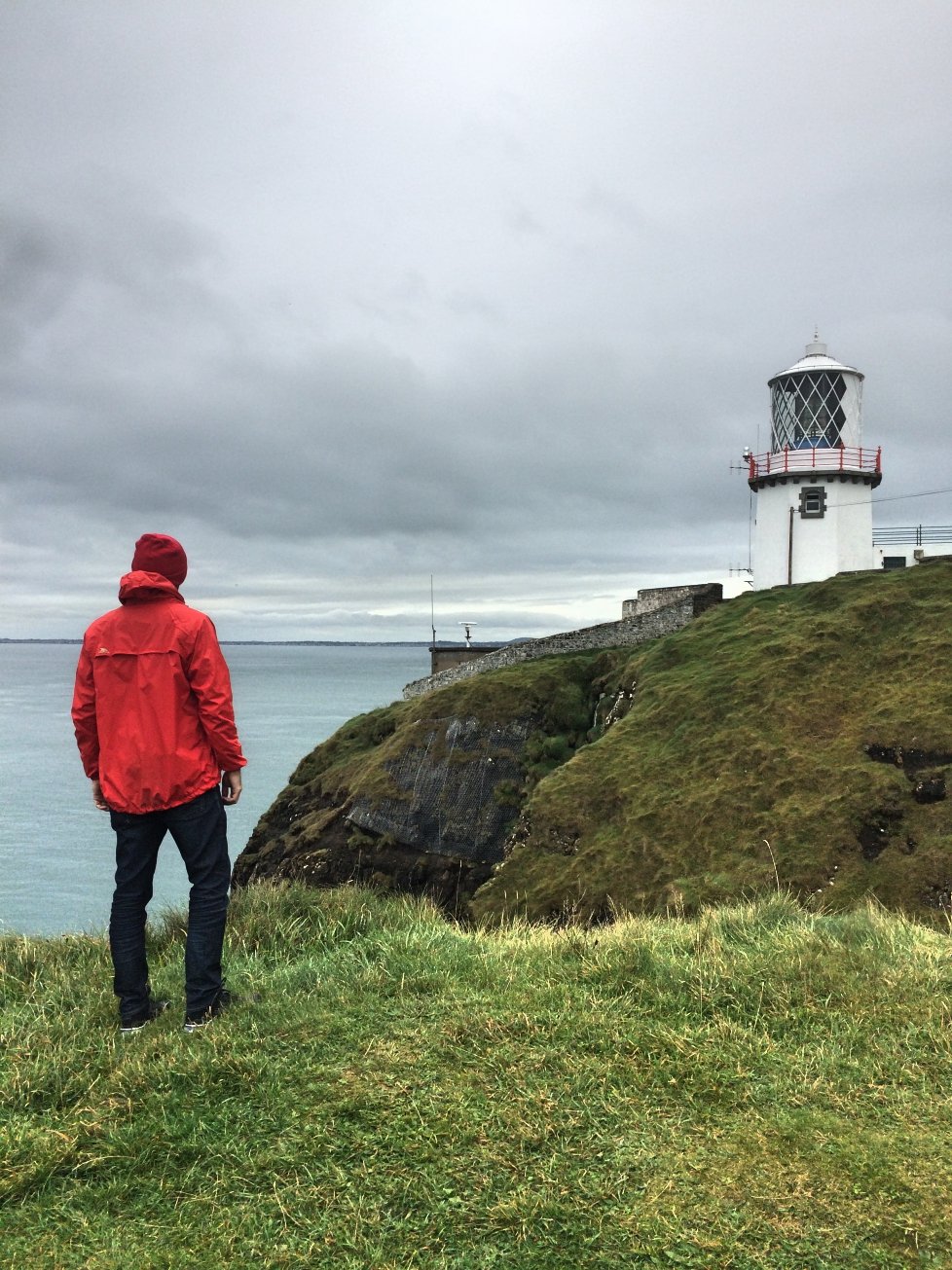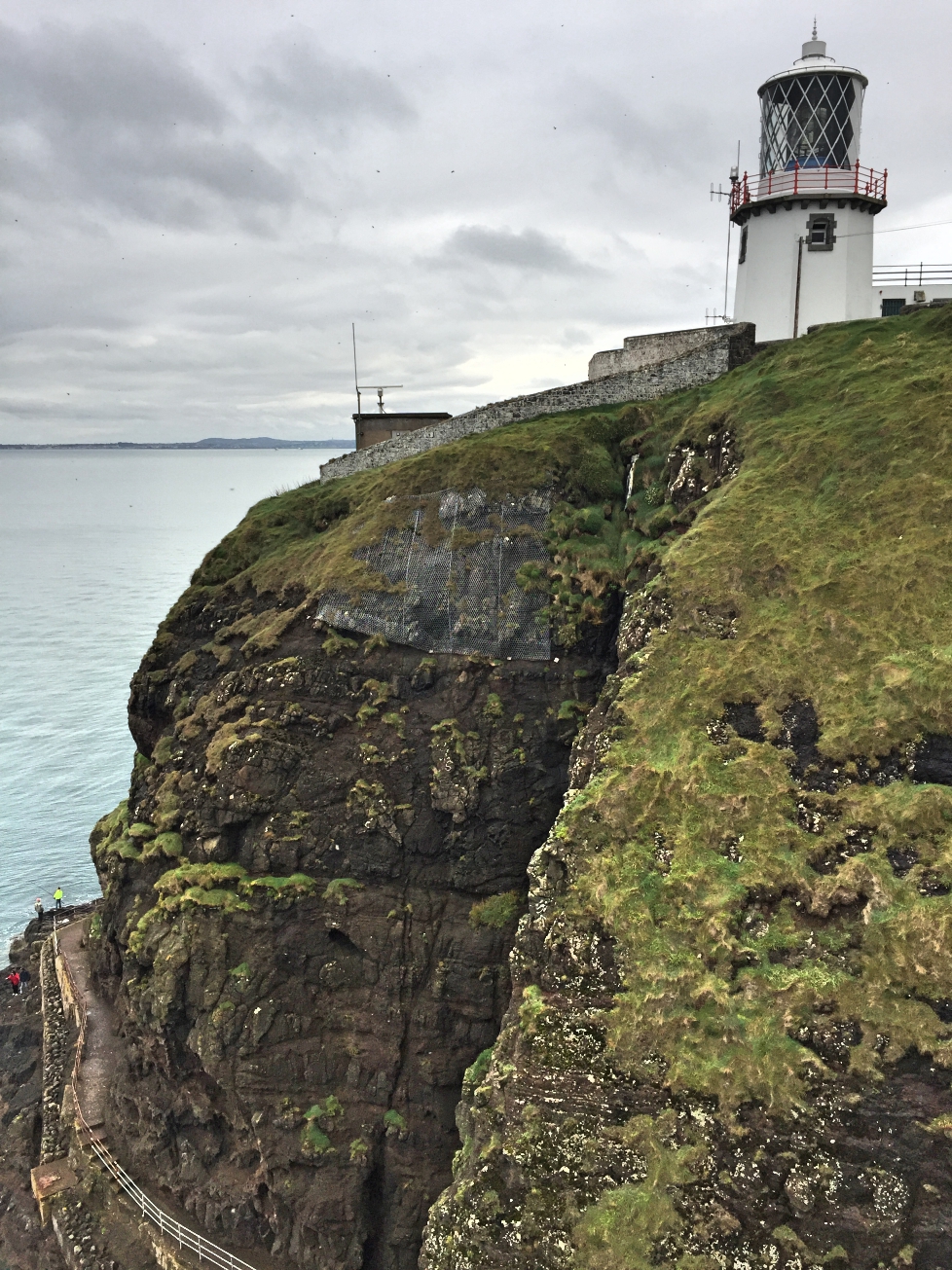BLACKHEAD LIGHTHOUSE
BLACKHEAD LIGHTHOUSE
With its 50 foot high tower perched on the edge of a 100ft high cliff, Blackhead Lighthouse has now been in operation for over 116 years.
Quick fact 1 - In 1912 the lighthouse actually guided out none-other than RMS Titanic.
Quick fact 2 - You can stay overnight in it!
Image source: Discover NI
Image source: Discover NI
Well, not the actual light tower itself, but the lightkeeper's house - which as you can see in the pics above, is connected via a short corridor.
Imagine if you COULD stay in the tower though?
A few Guinness down the hatch and Holywood/Bangor would be on high alert from seeing giant silhouettes of dogs, rabbits and (for the more creative ones out there) flapping birds! Give me a bit of card and scissors - we'd have Batman here in no time.
For a recent birthday celebration, we were fortunate to stay over in 'Lightkeepers House 2'. The Irish Landmark Trust has divided the house for separate bookings, plus a third building called 'The Cutter'. Links of these further below..
For now, here are few pics of our stay...
Not a bad view, eh? The entrance to the house is from the rear. While the views are brilliant as you approach the lighthouse, once you step out the front you're in for a real treat.
Look to the right and you'll be seeing the Antrim Coastline stretching down to Whitehead, on round to Belfast, across to Bangor, Holywood, the green hills of north Down and even the Copeland Islands just off Donaghadee.
As the sun started to disappear, the tower lit up...and it was surprising how quiet it was. Not sure what we expected, but watching the silent beams shooting across the lough for miles was hypnotising. (The camp chairs and blankets ever-present in the boot of my car came in handy!)
Proper chill.
And for the rest of the night we did pretty much nothing more than that - swapping the chilly al-fresco views for a snug living room with a blazing fire, books, board games and bants.
A few pics pinched from Irish Landmark's site to whet the appetite...
(More info from Irish Landmark Trust's site)
"Lightkeeper's House 1" | "Lightkeeper's House 2" | "The Cutter"
DID YOU KNOW?
Blackhead Lighthouse was built and its light first exhibited in 1902.
The lighthouse also had an explosive fog signal when it first began operation.
Blackhead Lighthouse was converted to electric operation in 1965.
Lightkeepers lived at the station until 1975.
It is one of 70 lighthouses operated by the Commissioners of Irish Lights around the coast of Ireland and continues to provide a vital role in maritime safety today.
BLACKHEAD PATH
A bit of early morning exploring of the rugged coastal path below.
You can also start this looped walk from the Whitehead end - check out Walk NI for full info and don't forget to check out 'The Schoolmaster's Chamber'/Smugglers Cave'!
"The Schoolmaster's Chamber"
(Courtesy of Whitehead Community Centre)
One of the caves at the Blackhead cliffs is known as the Smugglers' Cave. It is the first cave you come to from the Whitehead direction and is the largest of the caves.
It may have been used by smugglers in days gone by, but it certainly was used for many years by a man called Thomas McCartney. McCartney came to the district about 1804 and set himself up as a schoolmaster.
Source: Whitehead Community Centre
At this time there were no schoolhouses in outlying districts like Islandmagee, as the National School system had not started. The children living in these areas were taught by learned men who were known as hedge teachers of which McCartney was one.
He first taught in the district near Red Hall, but only for a short period, then he moved to the Windy Gap, teaching and sleeping in barns.
Eventually he established his school at Fairview, Castletown.
It was at this time he made his home in the Smugglers' Cave at Black Head. High up on the right-hand side of the cave just inside the entrance is a cavity in the rock face. It was in this cavity that McCartney lived and it is now known as the Schoolmaster's Bedchamber. At high tide the sea flows right into the cave but McCartney's bedchamber remains high and dry and more or less protected against wind and weather.
A powerfully built man with a forbidding manner, McCartney did not have many friends, and, as he lived in a cave and spent most of his leisure time pottering about the beach near Black Head, some people thought he was mad, and he became known as 'Mad McCartney'.
Renowned as a good teacher and very kind to children, his classes were always well attended.
In later years he left his home in the cave, and lived and taught in a barn. As the years passed by and McCartney became an old man, some parents of the children he had taught built him a little cabin, where he spent the latter days of his life. It was there that he died in 1855, and was buried in an unmarked grave in the old churchyard at Ballykeel. His teaching days in Islandmagee had spanned nearly 50 years.
During the summer months, when Whitehead was a favourite holiday resort, a wooden platform with steps leading to it stood at the entrance of the Smugglers' Cave. An attendant was in charge of the platform and he collected the fee of half a penny or penny from anyone wishing to climb up onto the platform and look into or enter the Schoolmaster's Bedchamber.





